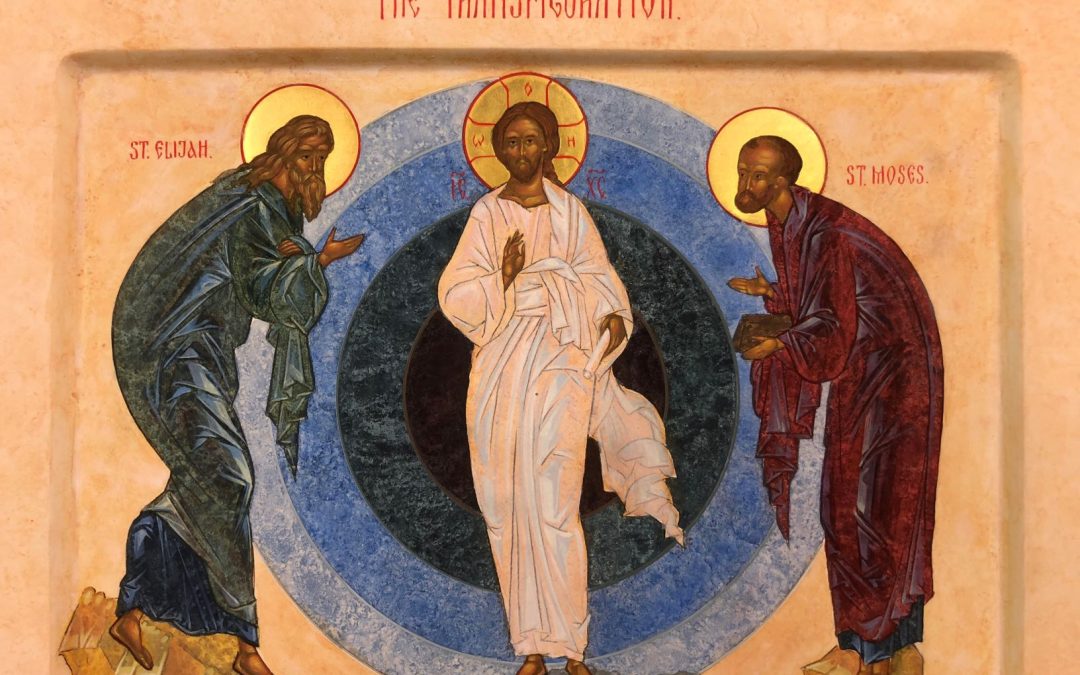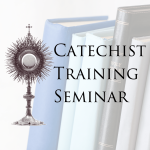By Teresa Darby
When can I enter and see the face of God? (Psalm 42:3)
An opportunity to experience the sacred art of icon writing is finally available for East Texans. Typically, we glance at icons with the impression that it is just another picture. However, an icon is not meant to be viewed as a painting on the wall of a home. Icons are much more than that; they are often referred to as “Windows to Heaven”. They call us to prayer, meditation and a response of faith. When we are still before an icon, we can feel the presence of God and see His face.
Icons are not often seen in Western Catholic Churches and are more often thought of as part of the Eastern Rite, having them adorn the interior of the churches. Throughout the years, our spiritual leaders have encouraged us to have icons, not only in our churches, but also in our homes.
The Icon Mother-of-God of Kazan, also known as the Holy Protectress of Russia, made its way to St. Pope John Paul II by way of Fatima, Portugal. He venerated it for eleven years. In his own words, “It has found a home with me and has accompanied my daily service to the Church with its motherly gaze” (Liturgy of the Word in honour of the Icon of the Mother of God of Kazan – August 25, 2004). He returned it to its home in Russia, where it had originally been in the early 1900s.
Pope Francis is greatly endeared to the icon Salus Populi Romani (Salvation of the People of Rome) in St. Mary Major Basilica, in Rome. This icon features an image of Mary, draped in a blue robe, holding the infant Jesus, who in turn is holding a jeweled golden book. Before and after every foreign trip, Pope Francis goes to the Basilica to pray before the icon and leaves a bouquet of roses.
Pope Francis presented Pope Emeritus Benedict XVI with an icon of Our Lady of Humility. Pope Benedict remembers, as a child, praying before the Black Madonna (as the smoke-charred linden wood image of Mary is called) in the Bavarian Shrine of Our Lady of Altötting.
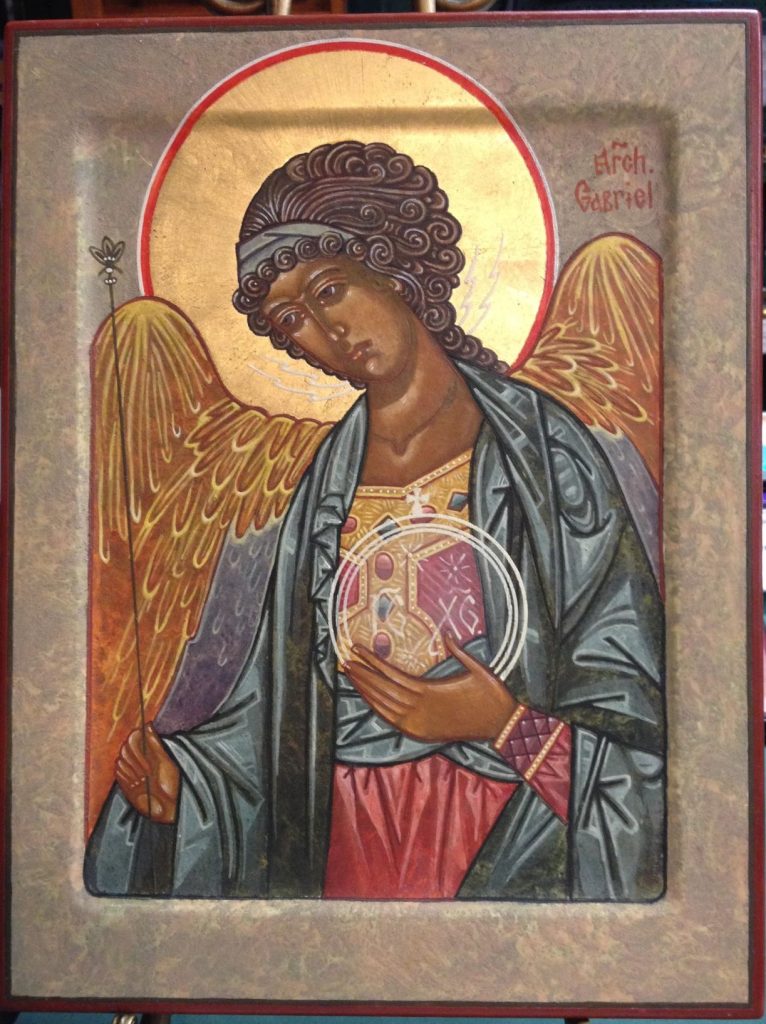
What is Iconography?
Iconography is the art of writing icons. It is proper to say that the icons are written rather than painted, meaning that there is a certain language being used in the creation of an icon. As with any language, the language of Iconography has its own rules and requires study and understanding. The discipline of exploring the symbolic meaning of this language is called Iconology and is a focus of attention at The Prosopon School.
The 7th Ecumenical Council, also known as the Second Council of Nicaea, in 787, proclaimed the same level of veneration for the Icon, the Gospel and the Cross, thus stating that Christian icons reveal the truth through the visual language on the same level as the Bible does through the verbal language. Considering this, the Prosopon School makes all efforts in exploring, understanding, and practicing the tradition and methodology of Iconography. The main goal of our study is to cultivate a clearer consciousness of the Image of God according to which man was created and to move closer toward a better vision of the self, the world and the Divine. The experience of this discipline brings to union the work of our heart, hand and mind and leads beyond technical competence and familiarization with iconic symbolism. It promotes the incarnation of Scriptural knowledge and understanding into all aspects of one’s life.
The materials used are very specific to this Russian style of iconography. The wooden board represents the tree of life, the tomb and the linen shroud. Clay symbolizes man and 24K gold is laid upon the clay halo, by breath, to represent divinity. Egg yolk, mixed with wine, makes the emulsion in which to mix the natural minerals for the colors. Layers of pigment paint develop the ladder of spirituality. Chaos becomes the base for the movement through body, soul and spirit. The icon is not finished until it is oiled – sealed for service – and blessed to unite the image with whom it represents.
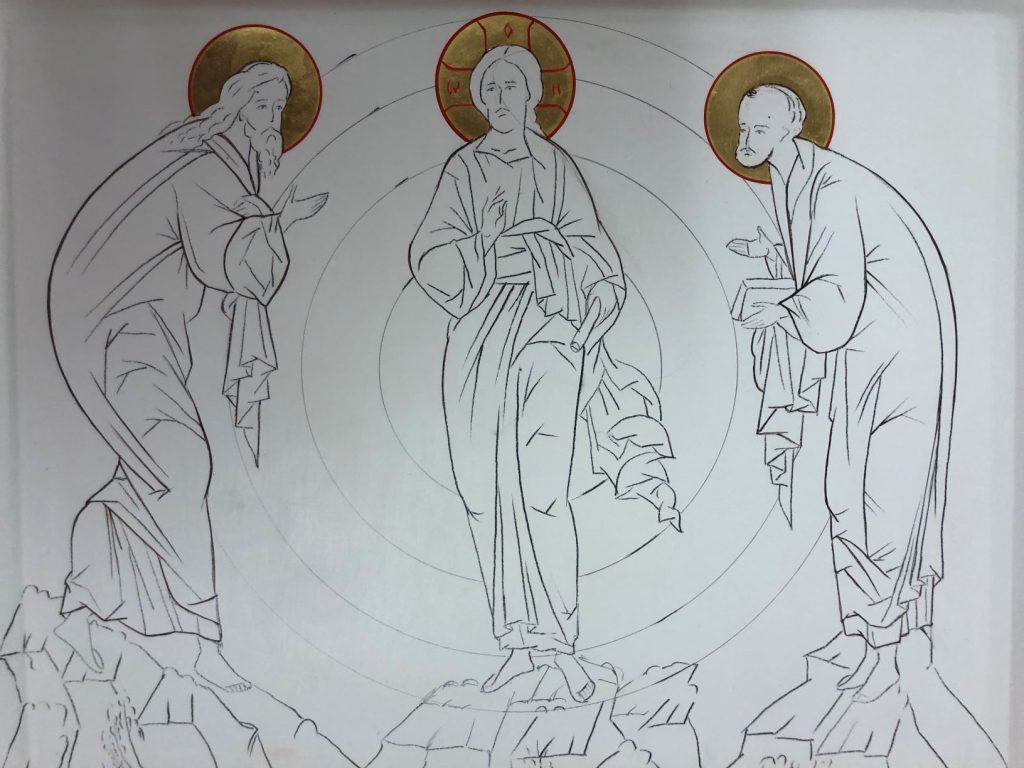
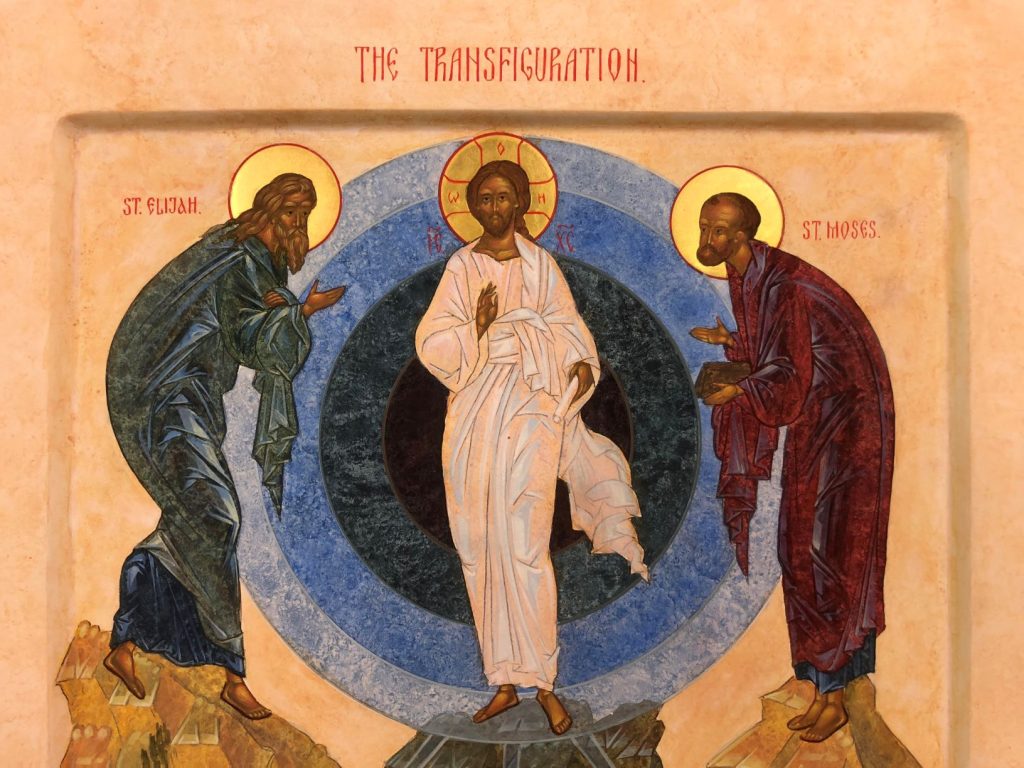
My personal journey began in 2009 as I had been praying for a spiritual path to open for me. It happened that I met the nephew of a friend, who was also a priest, in a most extraordinary turn of events. He immediately sent the information for a workshop at the Grand Coteau Jesuit Retreat Center. The ten hour bus ride from Nacogdoches to Houston to Grand Coteau gave me a lot of time to reflect on whether I was doing the right thing. I was only able to write one icon a year, and only at the workshop, for the next several years. Nevertheless, what I was learning – how to pray before an icon – filled the gap until I could work a more consistent writing time into practice.
Workshop Details
No art experience is necessary, as this is not only working with pigments on a board but also learning the story of the icon and learning to pray while working. At the first icon workshop I attended, the student next to me had never held a paintbrush. While her icon was not a masterpiece, her holiness shone through as she participated and grew in this journey.
Participants will have the pleasure of Tatiana Berestova as their instructor. Her husband, Dmitrii is an amazing icon writer and will assist her. They are excellent instructors of the theology, iconographic symbolism and technical instruction of each step of the icon. Tatiana and Dmitrii Berestov write, “(They) are bringing the Prosopon School to Texas this year with the hope to open and to share the methods of iconology with everyone who is searching for understanding and deepening of the relationship with God, with the world, and with different aspects of one’s inner life.”
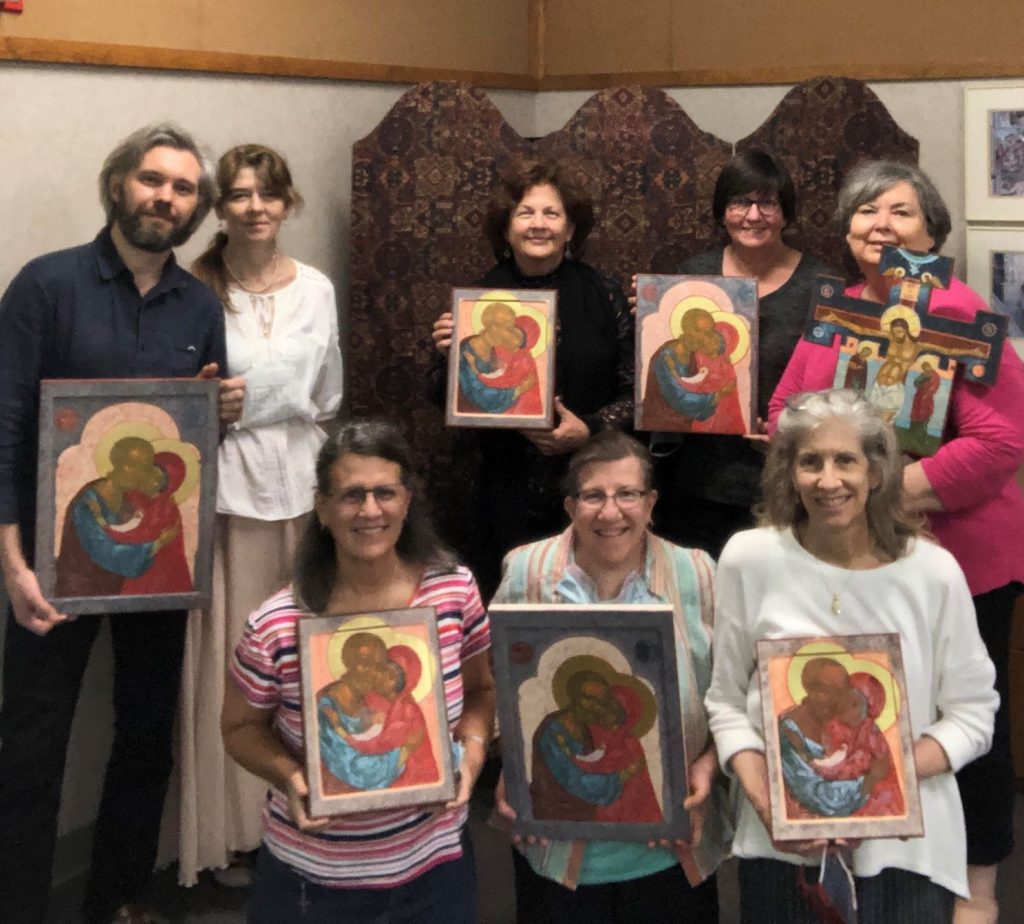
Tatiana and Dmitrii are instructors from the Prosopon School of Iconology in New York, New York. The Prosopon School was founded in the United States by the Russian iconographer, Vladislav Andrejev in the 1980’s and has grown into the school-without-walls which offers classes in many different locations around the world.
Beginning students will learn the technique of this ancient art and well as the theology of the spiritual exercise. Intermediate students are also welcome. Each day of instruction will begin with prayer. Students are given instruction in iconology and then work on the technique of iconography. Beginners will leave this workshop with a completed icon.
Bishop Joseph Strickland of the Diocese of Tyler often has an icon or two in the background of his videos. He is encouraging this workshop in our diocese. His response to my first correspondence was “I love it!”
We will gather on Monday, April 12, 2021 at 4:00 pm, and finish Sunday, April 18 at 5:00 pm. All the supplies: board, pigments, and brushes are included in the registration fee, along with a private room and meals for the week. Beginning student registration is $1215.00. Intermediate student registration is $1060.00. This is not only for a Catholic or Orthodox individuals; many denominations are represented at the workshops.
Tyler, Texas will be beautiful this spring with the dogwoods and azaleas in full bloom. I invite you to come experience a spiritual growth at the Casa Betania Retreat Center. There are private rooms and bathrooms (enough for 25 people-only 1 person per room). Since Icon students need a lot of room, the workspace will accommodate distancing. All coronavirus guidelines will be followed.
You can register for this workshop by visiting prosoponschool.org or by emailing tnddarby@swbell.net
Teresa Darby was a graphic artist and production manager at a sign company in Houston for 7 years. For the next 40 years, she and her husband, David, owned Glass Castles Stained Glass. She is now retired and plans on spending much more time studying and writing Iconography, gardening, traveling and enjoying their home in the woods of Nacogdoches. They are active members of Catholic Nacogdoches.

